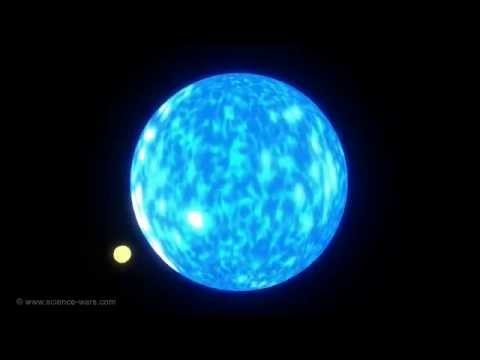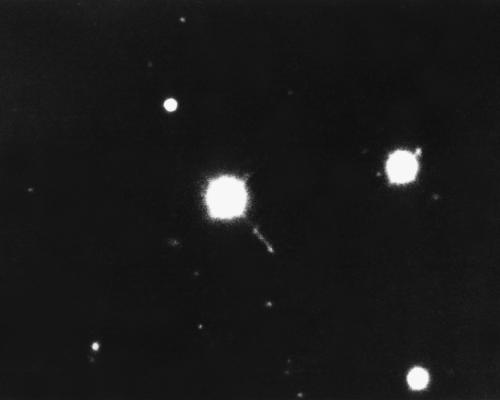Bright Things, Really Bright Things.

Artwork from Deviantart by Exerionz
If you direct you're gaze at the clear day-time sky, you'll witness the brightest apparent object naturally present.
The sun emits radiation at shocking rates, cranking out visible light to such a degree even from a 93 million mile distance we still are told not to look directly at its disk. (And yeah that's good advice by the way).
But the sun, while powerful, clearly doesn't compare to some stars out there in terms of energy output. And somethings that go even beyond the tier of the stars.
However when asking the question of what is the most luminous thing in the entirety of the universe, it would be reasonable to start with the #1 source of energy: Stars.
Just how bright can stars get though? A few times brighter than the sun? dozens of times? How do others compare?
Well in reality stars of high level brightness are in fact tens of thousands of times brighter than the sun, even brighter in some cases. This luminosity is nearly incomprehensible, it is amplified to its highest extent in the topic of blue stars. The brightest of them all. This, as I once said in another article, is the reason why most of the stars you see are blue. Take the godly body known as R136a1 for example.
This star holds not one, not two, but three star records.
-Highest energy output
-Most massive star
-Most luminous star
And remember that when it says "massive" it's referring to the stars total mass. Not it's size.
This star is larger than the sun yes, but not nearly as big as many other giant stars out there.

*Sun on the left
But the total mass of the star is estimated at 265 solar masses.
This also grants it the highest energy output of any star discovered, as well as what we're talking about now, highest luminosity.
It's light is clocked in at -12.6 absolute magnitude. Compared to the sun being 4.83.
The lower the number, the brighter, and the numbers are measured in logarithms. So a 1 is more than twice as luminous as a 2.
And R136a1 is 8.6 million times more luminous than the sun.

But it doesn't end there. The universe has something else up its sleeve as well. They are known as Pulsars.
Pulsars have the substance to support their cool name. They are what's known as neutron stars, the collapsed core of a star bigger than the sun, but not big enough to create a black hole. These neutron stars have powerful magnetic fields and shoot light beams in two opposite directions. They spin on their own axis thus giving the illusion of them being like a pulse of light. When in reality the light is just moving in and out of view. They are so dense that one sugarcube's volume of neutron star contains about 1 billion tons of material, or the weight of Mt. Everest. The more massive, the brighter these light beams.
One was once observed and calculated to have a luminosity of 10 million suns. More recently in fact.

Concept image of a pulsar.
But the scale of brightness still has not ended. For there is one candidate for brightest object of which eviscerates all competition. These are referred to as quasars.
What a quasar actually is has been debated before. Various ideas have come into play and disputed. But the most accepted and evidenced idea is that they are actually rings around black holes. These rings would be comprised of dust and interstellar material, and as they orbit the black hole at incomprehensible speeds, they create friction, heating up and throwing out light like nothing else in the universe.
They are much less common then pulsars, which appear all over the galaxy. Quasars are not present in our galaxy, nor in any of our neighboring galaxies. The ones we see are so far away they likely don't exist anymore, but are merely seen as the ghost of the ring as light hits us here on earth. And yes, a telescope of decent power can reveal them to your own eyes, and they're not even that hard to find. But they look exactly like stars. They shoot out light so ferocious it finds its way fully visible all the way here on earth. The closest quasar, is almost 2.5 billion light years away.
Yet, we still see them, shining brighter than their containing galaxies. The closest of which, 3c 273, has an absolute magnitude of -26.9. And in this picture,can be seen shining brighter than a star a few hundred light years away.

The quasar, (Left), is nearly 14 and a half hextillion miles from earth.
The luminous output of this quasar, equals that of 4 trillion suns.
And the brightest quasar ever recorded being known as 3C454.3, registered with and absolute magnitude of -31.4, over 7 trillion suns of luminosity. . .
Image origins: